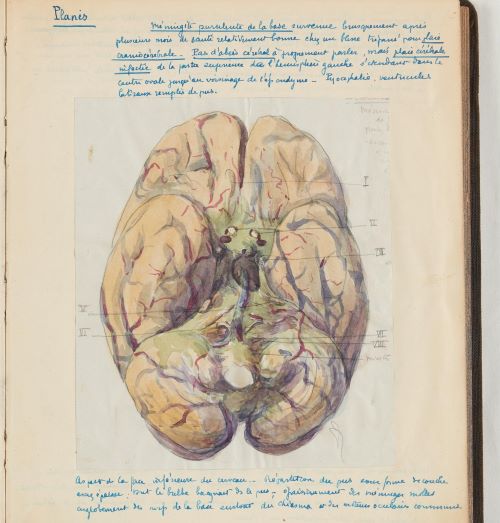Musée Dupuytren's archives

The medical collections are essentially composed of the pathological anatomy collections from the Musée Dupuytren, created in 1835 thanks to a bequest from Guillaume Dupuytren (1777-1835), head of anatomical work at the Ecole pratique de la Faculté de médecine (Practical School of the Faculty of Medicine) (1801), and founder, along with René-Théophile-Hyacinthe Laennec (1781-1826), of the Société anatomique (Anatomical Society).
The museum opened in November 1835 in the former Cordeliers convent, and brought together nearly 1000 specimens of pathological anatomy. The Musée Dupuytren, which was expanded by numerous contributions during the 20th century, including collections from Lannelongue and Gosset, and contributions from the Dejerine Foundation, closed its doors for good in 2016.
Within these collections, an important information collection includes works, periodicals, theses, offprint collections, bulletins (Société anatomique, Société de chirurgie (Surgery Society) etc.), manuscripts, observations and educational documents (bookplates, records, notes, plans and diagrams) covering a period between the end of the 18th century and the middle of the 20th century.
A first set of manuscripts was digitised in 2023, namely:
- The Dejerine collection:
- Alfred Vulpian’s pathological anatomy lesson, Louis Landouzy’s autographed manuscript (second and third workbooks), 1867-1872.
- The book of clinical observations in Montpellier by Joseph Jumentié, 1915-1918.
- The pathological anatomy collection: The contribution to the study of testicle tumours by Gustave Nepveu, 1872.
- The Lannelongue collection: Dissertation by Odilon Lannelongue on the description of a new system of vessels destined for the venous circulation of the atrial walls of the heart, 1867.




